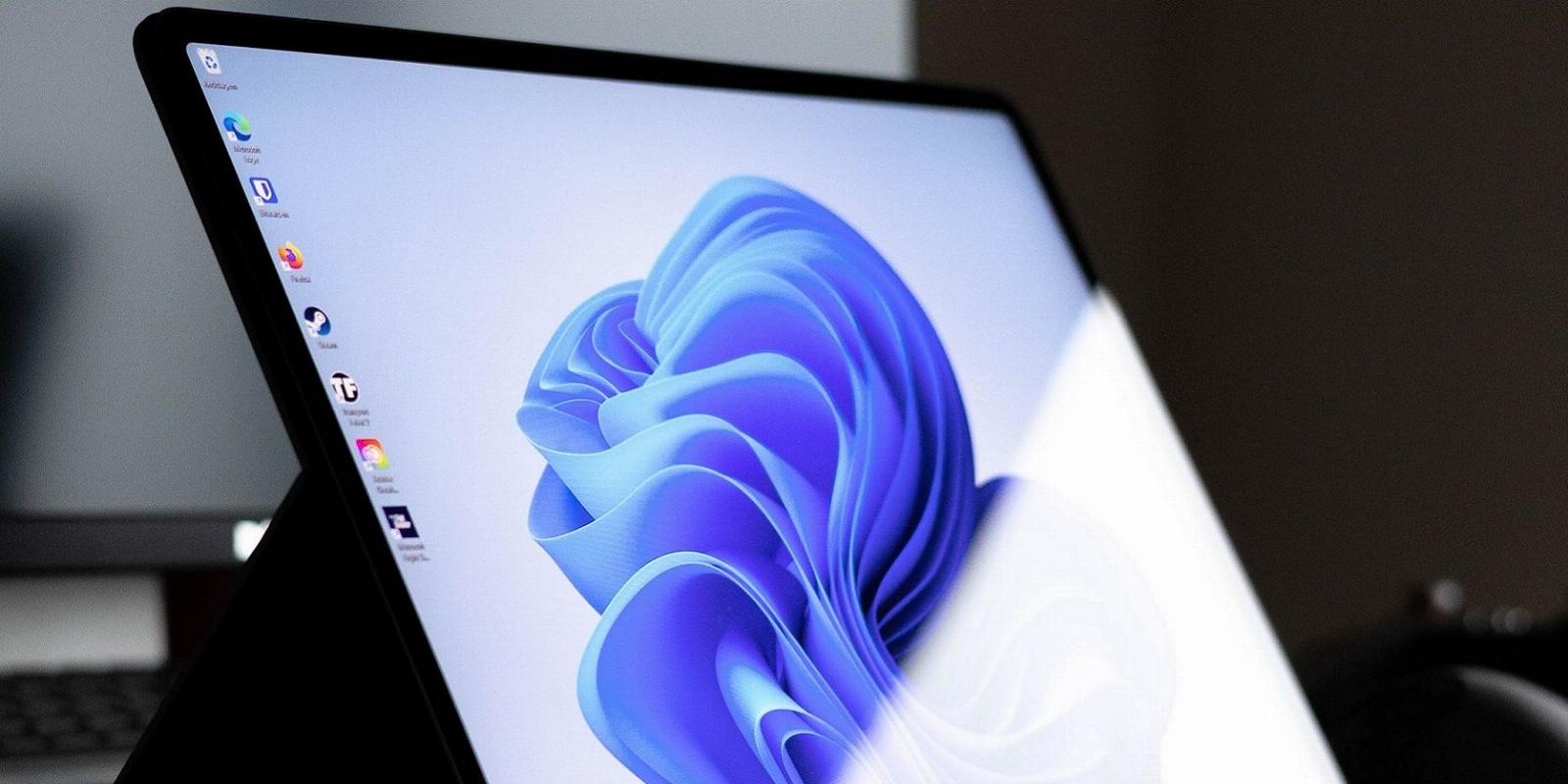
How to Stop Windows From Automatically Locking Itself
Reading Time: 3 minutesKeep your Windows PC free and prevent it from locking itself with this easy guide.
If your Windows PC is protected by a password, the computer will auto-lock whenever you restart it or put it into Sleep mode. While this auto-locking behavior is a security measure, it can be annoying on occasion.
Fortunately, you can keep Windows from automatically locking itself. Here’s how.
Why Is Windows 10 Automatically Locking Itself?
Windows automatically locks itself for one simple reason: to protect your privacy.
Imagine a scenario where you have to leave your computer unattended for an extended period. If there is no auto-lock on Windows, anyone can use your PC for any reason without any repercussions.
By locking itself automatically once your PC goes into sleep mode, Windows ensures that your data stays private and nobody except you has access to your computer.
How to Stop Windows From Automatically Locking Itself
You can stop Windows from automatically locking itself by:
- Disabling Windows sign-in.
- Disabling sleep mode and screen saver.
- Editing the Windows Registry to disable auto-locking.
Now that we know how to do it, let’s dive into the steps.
Disabling Windows Sign-In
Outright disabling Windows’ sign-in requirement is the most serious step that you can take to disable auto-locking on Windows. To disable the sign-in requirement:
- Hit the Windows keys, type ‘sign in’, and choose Sign-in options.
- In the Require sign-in section, select Never from the dropdown menu.
- While you are in Sign-in options, make sure to disable Dynamic lock by unchecking the option in the Dynamic lock section.
Dynamic lock automatically locks your PC if a Bluetooth-connected device, for instance, your smartphone, goes out of range. So, disabling this option will ensure that your PC doesn’t lock up when you walk away from it.
Disabling Sleep Mode and Screen Saver
Next, because Windows automatically locks itself when in sleep mode, you can effectively disable auto-locking by keeping your computer from entering sleep mode. To do this:
- Hit the Windows key, type ‘power and sleep’, and choose Power & sleep settings.
- In the Power & sleep section, set disable mode by choosing Never from both dropdowns under Sleep.
If you’ve set a screen saver active on your PC, we also recommend turning it off, as it can, sometimes, cause Windows to automatically lock itself. To disable the screen saver:
- Hit the Windows key again, type ‘screen saver’, and click Turn screen saver on or off to open Screen Saver Settings.
- In the Screen Saver Settings, set Screen saver to None and uncheck On resume, display the logon screen.
Editing Windows Registry to Disable Auto-Locking
Finally, you can also edit Windows Registry to stop Windows from automatically locking itself. Before we show you how to do this, make sure you understand that editing Windows Registry can make your system unstable requiring you to restart or even perform a fresh Windows install for your PC to work properly again.
So, edit Windows Registry only when nothing else works.
- Hit the Windows keys, type ‘registry’, right-click on Registry Editor, and select Run as administrator.
- In Registry Editor, navigate to HKEY_LOCAL_MACHINE > Software > Policies > Microsoft.
- Next, right-click on Windows, select New, and choose Key to define a new key/create a new folder in Windows Registry. Name the new folder something like ‘Disable autoLock’.
- Now, right-click on the folder you just created, place the mouse cursor over New, and select DWORD (32-bit) Value. Change the name of this new element to ‘NoLockScreen’.
- Open NoLockScreen and set the Value data to 1. Press ok to finish the process.
Finally, restart your computer to see if a lock screen appears.
Use Windows Hello to Make Windows’ Auto-Locking Bearable
If your PC or notebook has facial recognition or a fingerprint reader, you can set up Windows Hello to make sign-ins a breeze.
On supported computers, Windows Hello can instantly recognize your face/fingerprint to log you in, taking the hassle out of typing a password in case of Windows auto-locking itself.
Free Online Video Downloader, Download Any Video From YouTube, VK, Vimeo, Twitter, Twitch, Tumblr, Tiktok, Telegram, TED, Streamable, Soundcloud, Snapchat, Share, Rumble, Reddit, PuhuTV, Pinterest, Periscope, Ok.ru, MxTakatak, Mixcloud, Mashable, LinkedIn, Likee, Kwai, Izlesene, Instagram, Imgur, IMDB, Ifunny, Gaana, Flickr, Febspot, Facebook, ESPN, Douyin, Dailymotion, Buzzfeed, BluTV, Blogger, Bitchute, Bilibili, Bandcamp, Akıllı, 9GAG
Ref: makeuseof